The electric bass guitar is an instrument that revolutionized the musical landscape throughout the 20th century, significantly contributing to the evolution of contemporary music. Its history is rich with innovations, distinctive styles, and technical virtuosity that have influenced a wide range of musical genres. In this article, we will explore the birth of the electric bass, its role in music, the importance it has assumed over the years, as well as the various bassist techniques and styles that have helped shape the sound of modern music.
The Birth of the Electric Bass: A Musical Innovation
The electric bass guitar, also known as the bass, was invented in 1931 by Leo Fender, a pioneer in the construction of electric musical instruments. Its invention was a response to the needs of musicians seeking an instrument capable of delivering a powerful and well-defined bassline in jazz orchestras and popular music bands of the time. Compared to the double bass, the electric bass was lighter, more manageable, and produced an amplified sound, eliminating the need for large microphones and cumbersome amplifiers.
The Role of the Electric Bass in Music
The electric bass guitar plays a crucial role in modern music. It is the rhythmic and harmonic foundation of any musical ensemble, whether it’s a rock band, a jazz ensemble, or a symphony orchestra. Its primary function is to establish the rhythmic foundation of a song, providing the link between the drums and harmonic instruments such as the guitar, keyboard, and vocals. The bass creates a solid foundation upon which other instruments can build, contributing to the definition of the groove and atmosphere of a composition.
The Importance of the Electric Bass in Music
The importance of the electric bass guitar in music is undeniable. In addition to providing rhythm and harmony, the bass can also be a significant melodic element. Many bassists are known for their iconic basslines that become an integral part of a song. For example, the legendary bassist Paul McCartney of The Beatles created some of the most memorable basslines in the history of pop music.
Furthermore, the electric bass has paved the way for various musical genres that have made the bass a key element of their sound. Funk, rock, jazz fusion, and reggae are just a few examples of genres where the bass takes a prominent role, creating unique grooves and dynamics.
Bass Styles and Techniques
The versatility of the electric bass guitar is evident in the diversity of styles and techniques used by bassists worldwide. Some well-known styles include:
- Fingerstyle: In this technique, the bassist plays with their fingers instead of a pick. This style allows for greater expression and control over the dynamics and tone of the notes.
- Slap Bass: This technique involves percussive “slapping” of the strings with the thumb followed by a “popping” with the fingers. It is widely used in funk and rock.
- Tapping: This technique involves using the fingers of both hands to “tap” the bass strings, creating rapid arpeggios and complex melodies.
- Walking Bass: Common in jazz, this technique entails a continuously moving bassline that follows the harmony of the song.
- Double Stops: Here, the bassist plays two notes simultaneously, creating harmonies and chords with the bass.
In conclusion, the electric bass guitar is a fundamental pillar of modern music. Its invention has led to an explosion of musical creativity across a wide range of genres. From technical virtuosity to the creation of irresistible grooves, the electric bass guitar continues to inspire musicians and enthusiasts worldwide, demonstrating its enduring impact on music and culture.


